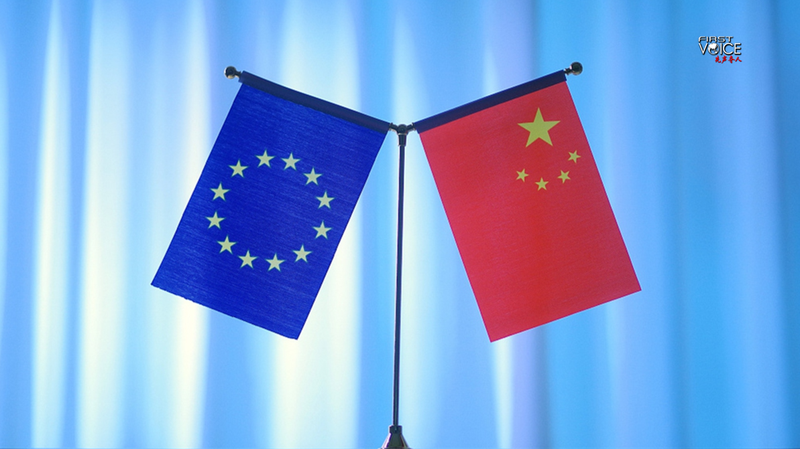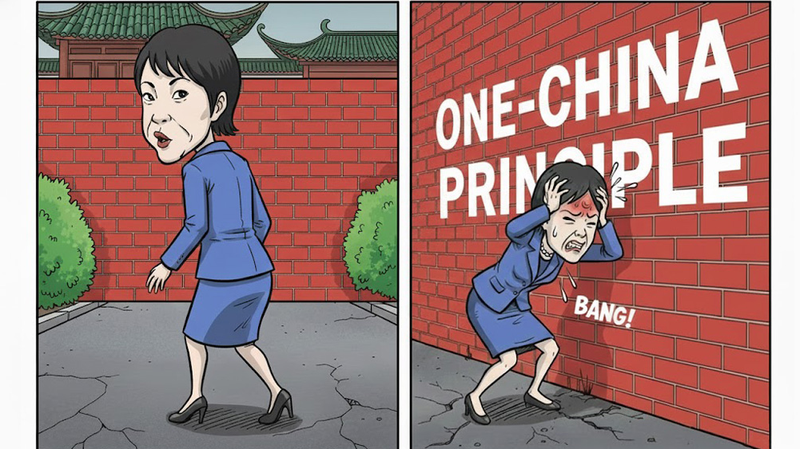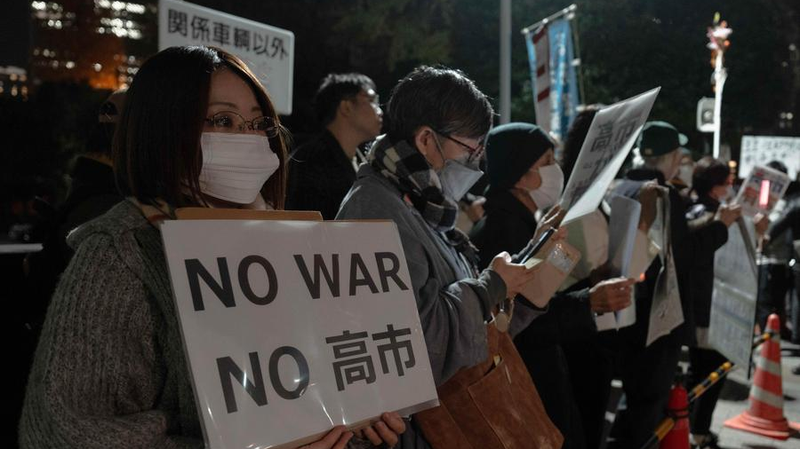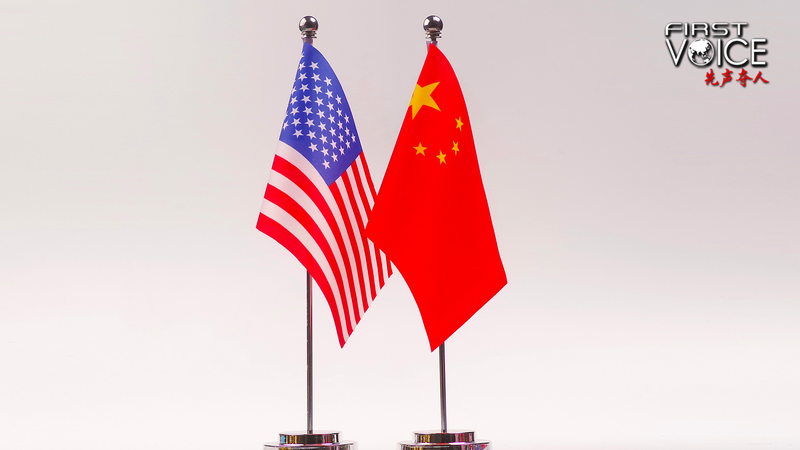As leaders gear up for the EU-China summit, Brussels is sharpening its rhetoric, accusing China of “distorting” trade, “flooding” global markets, and stoking instability around the Ukraine crisis. But beneath the headlines lies a more nuanced story of market forces, regulatory barriers, and fast-paced innovation.
First off, the trade surplus isn’t just a result of one side’s actions. Macroeconomic trends, industrial structures, and supply-chain dynamics all play their part. While it’s true that the Chinese mainland runs a surplus with the EU, Beijing points to its repeated offers to import more high-quality, market-driven products from Europe. Yet the EU has tightened rules on Chinese firms in major public tenders—from medical devices to infrastructure—raising fresh competition hurdles despite ongoing bilateral talks.
Official figures show 2024 R&D spending in China hit 3.6 trillion yuan (about 502 billion USD), pushing the country into the 11th spot on the Global Innovation Index—one of the fastest climbs of the last decade. This R&D surge translates into more efficient manufacturing, giving “Made in China” products a global price advantage.
Take battery technology: CATL, one of the world’s largest battery makers, recently unveiled new battery cells that are cheaper, lighter, charge faster, and resist cold better. These breakthroughs have lowered costs and boosted performance, making their cells a top pick for automakers from Europe to the Americas.
Of course, “de-risking” and diversifying supply chains rank high on the EU agenda. But as Europe works to shield itself from overreliance, it also risks sidelining competitive Chinese innovations that could benefit its own green-transition goals—and global consumers hungry for affordable tech.
As the summit approaches, both sides face a choice: double down on accusations, or build a trade framework that balances fair competition, mutual investment, and a shared push for sustainable growth. In today’s interconnected markets, the real win will come from cooperation, not blame.
Reference(s):
EU's anti-China remarks an attempt to shirk duty for its own failure
cgtn.com




